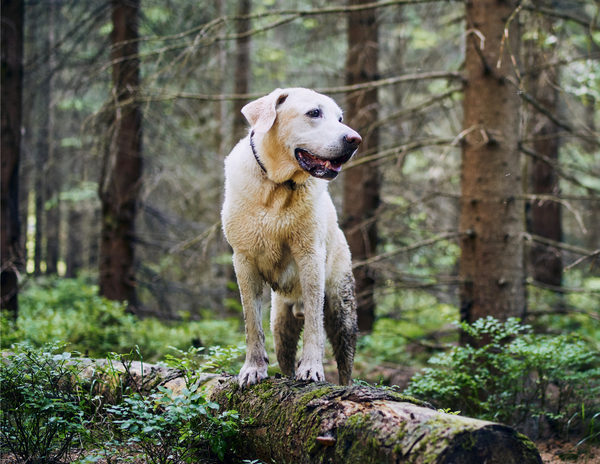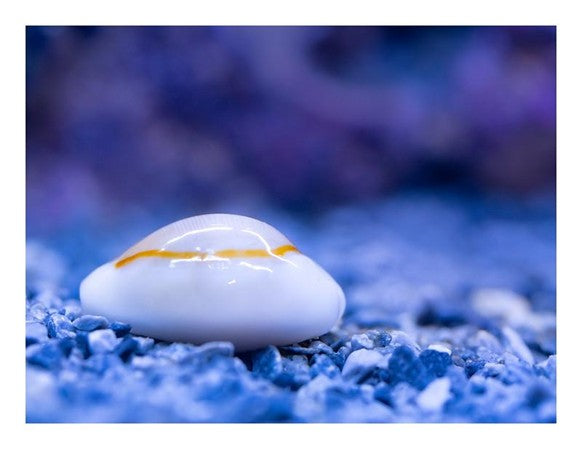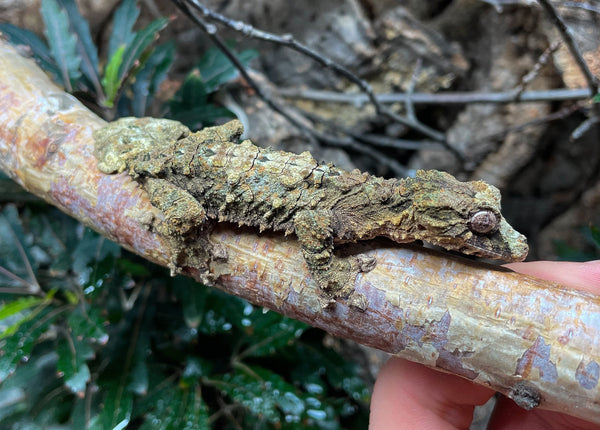If you are new to the reptile hobby, or looking for a simple reptile to keep that doesn't take up too much of your floor space, you may of heard of the Anole lizard already! Besides possibly the crested gecko, the green/brown anole is one of the most common arboreal rainforest reptile species kept in captivity. In the wild, anoles are abundant in the southeast United States (Florida, Tennessee, Louisiana) and down into the surrounding Caribbean.
About the Anole
Also known as American chameleons, the common green anole lizard has the ability to change color from bright green to dark brown, although are not a true chameleon (click here to watch). There are a large variety of anoles species outside of the common green/brown/blue anoles, including the Cuban knight anole and the false chameleon. Unlike the crested gecko, anoles are diurnal, meaning they are active and lively during the day. The are very fun to watch, especially when kept in groups. Males can grow as large as 8" from snout to end of tail, with females being a little smaller. They typically live for ~4 years, but have been recorded to live up to 8 if properly cared for in captivity. All aloes have "dewlap" under their chin, a brilliant colored sail used to attract mates!
Anole Terrariums & Housing
Anoles are arboreal, meaning that they prefer vertical height over a larger footprint. Since they are a smaller species, you can keep a single anole in a 10 gallon (12"x12"x18") or a pair in a 15 gallon (12"x12"x24") into adulthood. Bigger is always better! When setting up your terrarium, provide lots of branches, foliage and hiding spots for your anoles to bask and explore. Exo-Terra Moss Vines are great for decorating, as they look natural and can be bent into any shape! Click here to watch our basic anole terrarium set up for a visual aid on setting up your tank. Add a water dish large enough for your anole to curl up into to aid with shedding. The bottom substrate should be lightly moistened forest substrate.
Humidity & Lighting
Anoles are from tropical regions close to the equator and will require some additional heat. A basking area close to the top of the terrarium ~85°F is ideal for the hot spot of the tank. A hot-cool gradient should be achieved in the enclosure, with the hot post being at the top of the tank, down to room temperature near the bottom of the tank. They prefer higher humidity, around 60%-70% relative humidity. This can be achieved by doing hand misting 3 times daily, but that can be quit the nuisance. We recommend you fit your anole terrarium with either an automatic misting system (MistKing) or an automatic Fogger (ReptiFogger). Because anoles are diurnal, they require UVB lighting to properly metabolize their calcium. A 5.0 full spectrum UVB bulb for 12-14 hours daily is recommended for this species, and remember to change your bulb annually!
Anole Diet & Supplements
Feeding your anoles is very simple. They will feast on a handful of 2-3 week old crickets every other day. You can offer your anoles waxwoms occasionally as treats. Every other feeding, you should dust your crickets with a quality reptile vitamin and mineral powder. Pisces Recommends Repashy Calcium Plus. Always gut-load your feeder insects so the nutrients are passed into your reptile.
Behavior & Handling
Now, it is important to note that the anole is a very quick and nimble reptile. Therefore, the anole should only be handled unless absolutely necessary. or in a contained environment where the anole will be unable to escape or hide in a crack or nook. We like to call them more of a "looking" lizard when it comes to children. With that being said, they are pretty calm and easy to handle! Like most reptiles, the more you handle them, the more comfortable they will be.




